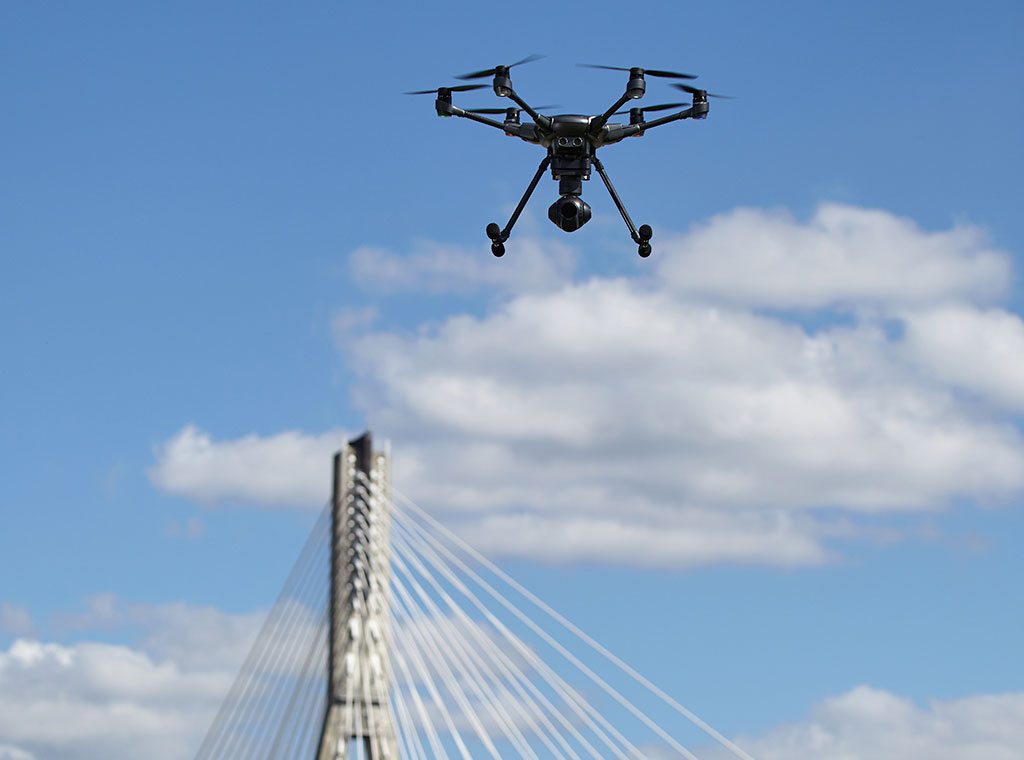RELATED CAPABILITIES:
Detect and Avoid Risk Ratio Validation (A65_A11L.UAS.105)
The Federal Aviation Administration (FAA), funding the Alliance for System Safety of UAS through Research Excellence (ASSURE) Center of Excellence, seeks to better understand the effectiveness of the current General Aviation (GA) pilot’s role in seeing aircraft which may pose a collision risk and avoiding potential mid-air collisions. Various previous studies have developed data-based models which provide a mathematical approach to crediting the pilot’s ability to visually acquire an intruding aircraft. These efforts, although credible in approach and research findings, require modernization given the quickly evolving airspace, changes to pilot training, and technological advancements to cockpit situational awareness instruments. Through this effort, titled A65 Detect and Avoid Risk Ratio Validation, researchers at Mississippi State University’s (MSU) Raspet Flight Research Laboratory (RFRL), Department of Industrial and Systems Engineering, and Center for Advanced Vehicular Systems have both validated past efforts and demonstrated new modelling techniques to supply the sponsor with a 21st century take on GA pilot See-and-Avoid (SAA) performance. By collecting human factors data through an extensive flight test campaign with Delta State University’s (DSU) Department of Commercial Aviation, MSU researchers suggest the actual visual acquisition performance for GA pilots, of varying skill levels and experience, flying in cruise flight with the opportunity to spot various types of aircraft. Through eye tracking technology, researchers found that pilot experience with the aircraft they are flying, and overall flight hours had a positive effect on scanning behavior. Pilots with less experience often constrained their searches outside of the cockpit to a small range of angles, whereas those more experienced widened their scanning angles to fill a much larger portion of the available Field-Of-View (FOV) within the cockpit. Other hypotheses about scanning patterns and pilot visual fixation are presented with empirical evidence throughout this report. The analysis of thousands of simulated encounters using the visual acquisition models for either a single pilot or a combination of two pilots scanning can impact the industry standards for Detect-and-Avoid (DAA).
For Uncrewed Aircraft Systems (UAS), DAA is the compliance approach for meeting the accepted SAA requirements for operating in the National Airspace System (NAS). As small UAS (sUAS) typically cannot be seen by manned aircraft pilots, a sUAS must meet or exceed the combined performance for a standard encounter between two different aircraft in the NAS. Using the updated models and scanning performance from 137 participating pilots, MSU researchers were able to determine the simulated see-and-be-seen performance of any two GA pilots coming within a close enough distance to be considered an encounter. The following report details the reasoning behind MSU researchers’ suggestion that industry consensus standards, like the American Society and Testing and Materials (ASTM) International’s DAA Performance Standard F3442/F3442M-23 (ASTM International, 2023), use required metrics like Risk Ratios that are at least as safe as the current interaction between two non-cooperative pilots in the NAS. Through extensive simulation, researchers have updated Risk Ratio tables for various parameters including beta value, intruder aircraft type, turn rate, and delay time and found that the Risk Ratio values presented in this report are in line with the currently accepted ASTM non-cooperative LoWC Risk Ratio of 0.5 and NMAC Risk Ratio of 0.3for most of the beta ranges. Researchers caveat that as the NAS evolves, including the mass integration of sUAS and larger UAS in the future, probability of encountering an intruding aircraft will increase greatly, and the encounter simulations performed under this effort may need to be updated to accommodate this integration.
Lastly, researchers remark on the possibility of improvements to this line of research and to training of GA pilot scanning patterns given findings from the eye tracking dataset. As the technology and techniques utilized throughout the test campaign are affordable and repeatable, researchers make the case for continued analysis of pilot performance, specifically for terminal airspace, and any such airspace where critical flight may occur such as future vertiport airspace integration and advanced air traffic management concepts.
TEAM: MSU
FINAL REPORT | 
POC:
Kyle Ryker
Research Engineer
Mississippi State University
Email: kryker@raspet.msstate.edu
Phone: 662.325.2395


